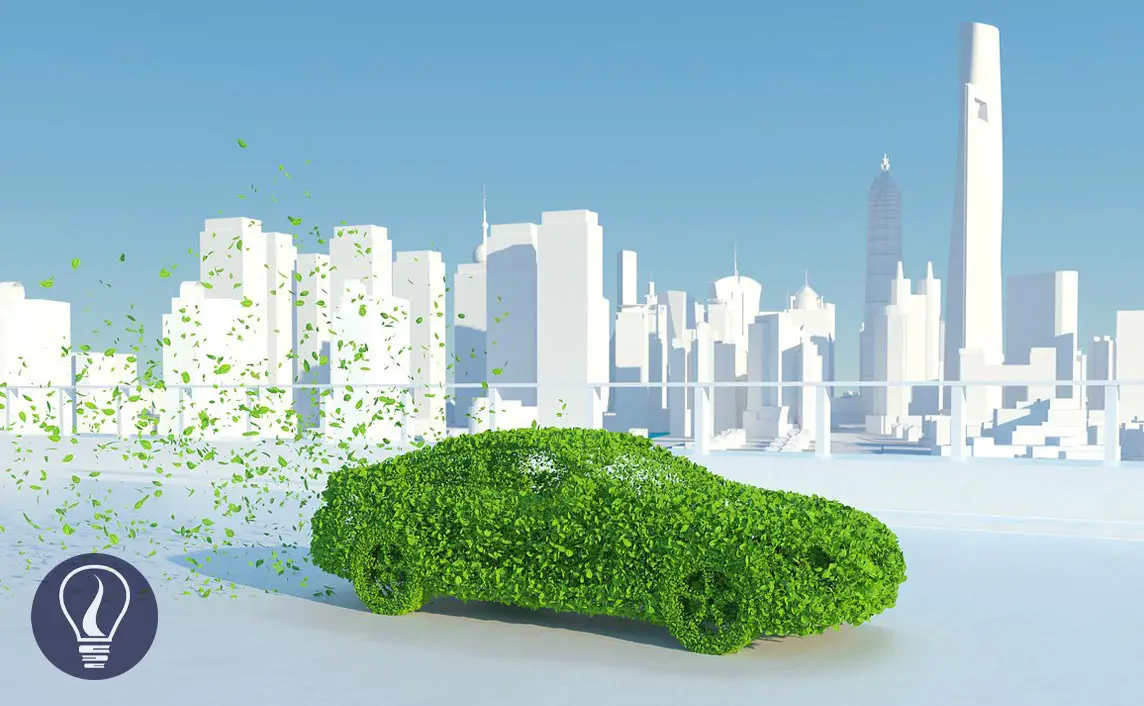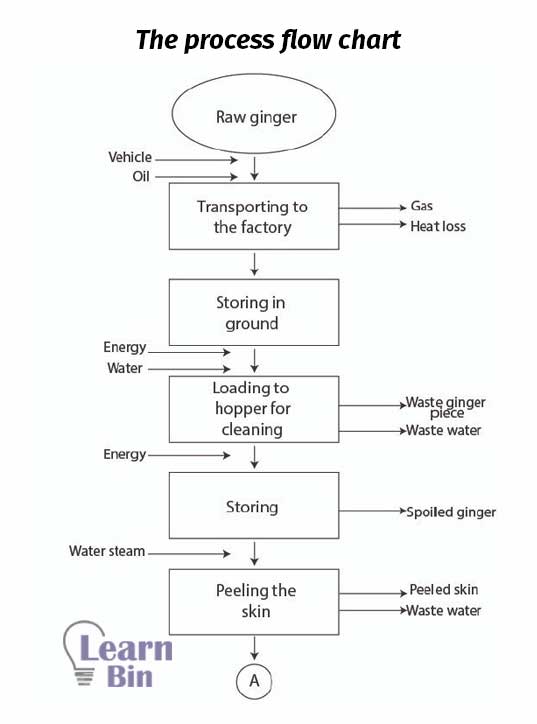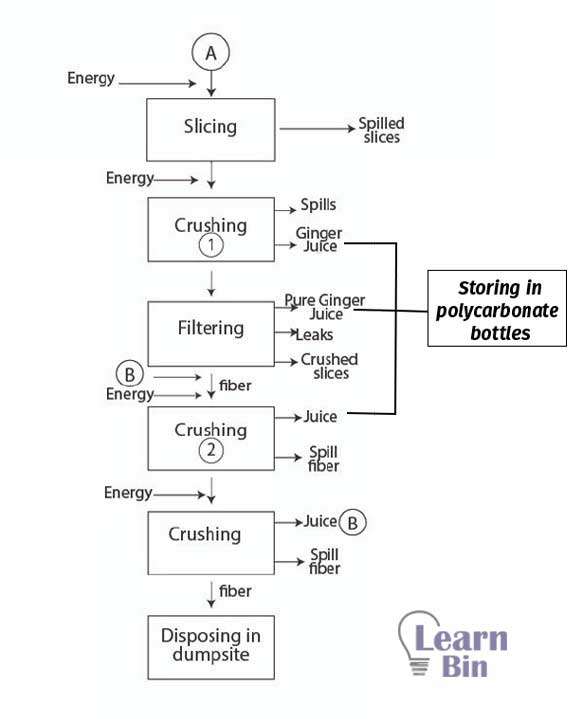More results...


In 1992 Rio Summit highlighted and focused attention on the environment resulting in many conventions and conferences on various environmental issues. These have generated several multilateral environment agreements (MEAs). Those MEAs demand countries to develop some specific implementation mechanisms and fulfill obligations involving reporting, training, public education, and other activities. The concept of cleaner production was developed during the Rio Summit. Proactive Approaches since the Rio Summit are
The main objective of cleaner production is Achieving Sustainable Development through Judicious Use of Resources by enterprises through creative and proactive strategies. Cleaner production is an approach to optimize the usage of resources by minimizing waste of resources at the point of generation, converting unavoidable wastes to products with economic value, and innovation and creativity. Cleaner production can be applied for either, processes, products, or services.
Processes
Products
Services
Cleaner production assessment is a systematic planned procedure with the objective of identifying ways to eliminate or reduce the generation of waste and emissions. This is a six-step process with 18 tasks.
| Phase | Step |
| Start | 1. Getting started |
| Analyze | 2. Analyzing process steps |
| 3. Generating CP opportunities | |
| Improve | 4. Selecting CP solutions |
| 5. Implementing CP solutions | |
| Integrate | 6. Sustaining CP |
Step 1 is a process with 4 tasks. Here, we can get an idea about the overall process of the organization and what are the wasteful process steps.
First, we have to form a cleaner production assessment team. This team should include members representing all sections of the organization. The team should be capable of identifying opportunities, developing and implementing solutions. Size and composition should match the company's organization. Generally, a team with 4 – 12 members is much better.
The selected CP assessment team is informed on establishing the need for CP among team members, the importance of systematic assessment, and the importance of real measurements and production records. It is necessary to communicate about CP among the company staff to create conditions for smooth data collection, participation in option generation and evaluation, effective implementation of feasible options, and continuation of CP activities.
Cleaner production can be applied either to the whole organization or a particular section of the organization. The major objective of cleaner production is eliminating waste. To identify waste in the process, we have to list down all the process steps in the organization. Here all the processes should be specified including production, material handling, storage, utilities, etc. Then, it should identify what are the inputs and outputs including raw materials, chemicals, energy, water, waste, wastewater, and air emissions.
Let’s consider a ginger juice manufacturing factory. There can be process steps as follows,
After listing down the process steps, we can identify what are the steps where waste is generated. So, we get an idea to prioritize the problems and solutions depending on some factors. This depends on Economic considerations on monetary losses with waste streams, Environmental considerations on volume and composition of waste streams, and technical considerations on expected improvement potential
Expected results of analyzing process steps are, process waste quantifying and cost calculation, and exploring waste causes.
Flow charts are prepared for assessment focus. First, all the unit operations are identified. Then all the unit operations are linked with material & energy flows. Flow charts should include what are the inputs and outputs.


For every process, there are inputs and outputs. Inputs can be raw materials, water, energy, and auxiliaries. And the outputs can be products, by-products, waste, and emissions. Here, the flow chart is improved by mentioning how many inputs are supplied and how many outputs are obtained. Data for material and energy balances can be collected from on-site measurements, purchase and sales records, and production records. The more expensive or toxic the materials, the more precise the balance should be.
There are both internal costs and external costs. Costs for waste collection & handling, Operation of treatment facilities, Loss of raw materials & intermediate products are internal costs. Discharge fees Levies, permit costs are external costs. Here both external and internal costs are calculated.
Assess the impact on process waste generation considering.
Expected results are,
Now, we have identified waste causes and quantified waste costs. From now, cleaner production solutions should be developed to reduce costs. Conducting brainstorming sessions encourage innovative thinking. Not only the project team but also encourage all layers in the enterprise will help to generate new ideas.
All the generated ideas are not feasible to implement. All the generated options are evaluated to distinguish feasible and non-feasible options. Feasible options are implemented, and non-feasible options are removed. When evaluating the options, it should be considered on expected reduction of waste/emission, economic feasibility, technical feasibility, and ease of implementation.
Now we have selected all workable opportunities. But all the workable solutions can not be implemented. Because we have technical, financial, and environmental issues.
Here the technical feasibility of the selected CP solution is assessed. The technical factors that should be assed are,
The investment cost and operational costs are calculated. Investments costs are the costs for equipment, construction, training, start-up, etc. Operational costs are costs for maintenance, before and after implementation.
When implementing new CP solutions, the environmental impact also is considered. Therefore, we have to evaluate environmental improvements such as,
After evaluating technical, financial, and environmental feasibility combines all the results. Properly document expected results and benefits for each option to facilitate fundraising and monitoring of implementation results.
All the Cleaner Production solutions that are feasible are implemented. After implementation, results are monitored and evaluated.
This is a detailed preparation of Cleaner Production implementation.
When implementing Cleaner Production solutions supervise construction & Installation. Control the progress of work, equipment & installation specifications.
This will include
Apprise all process units regarding:
Select -next -most promising assessment focus
Tailor planning of assessments to long term innovation and expansion plans
